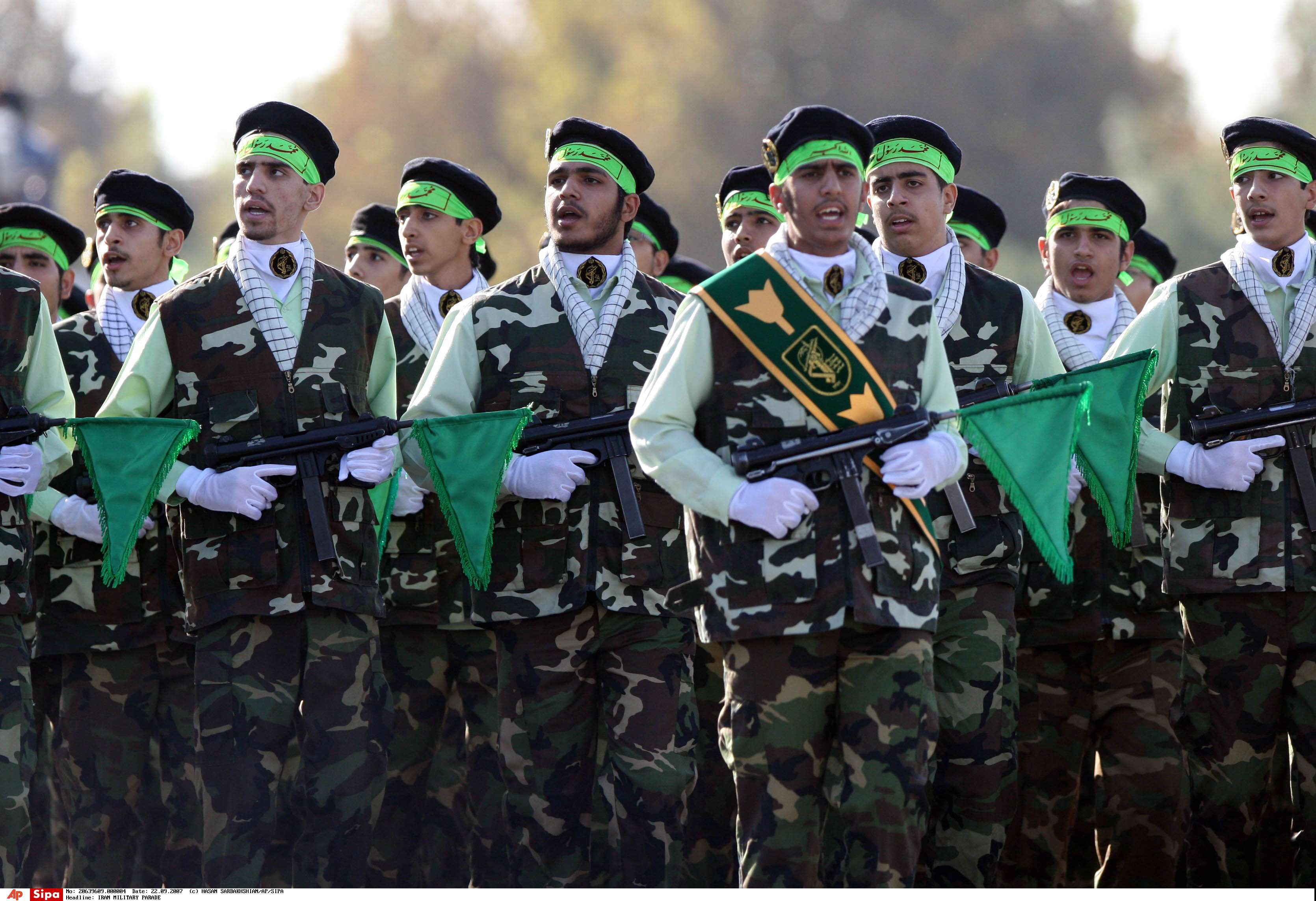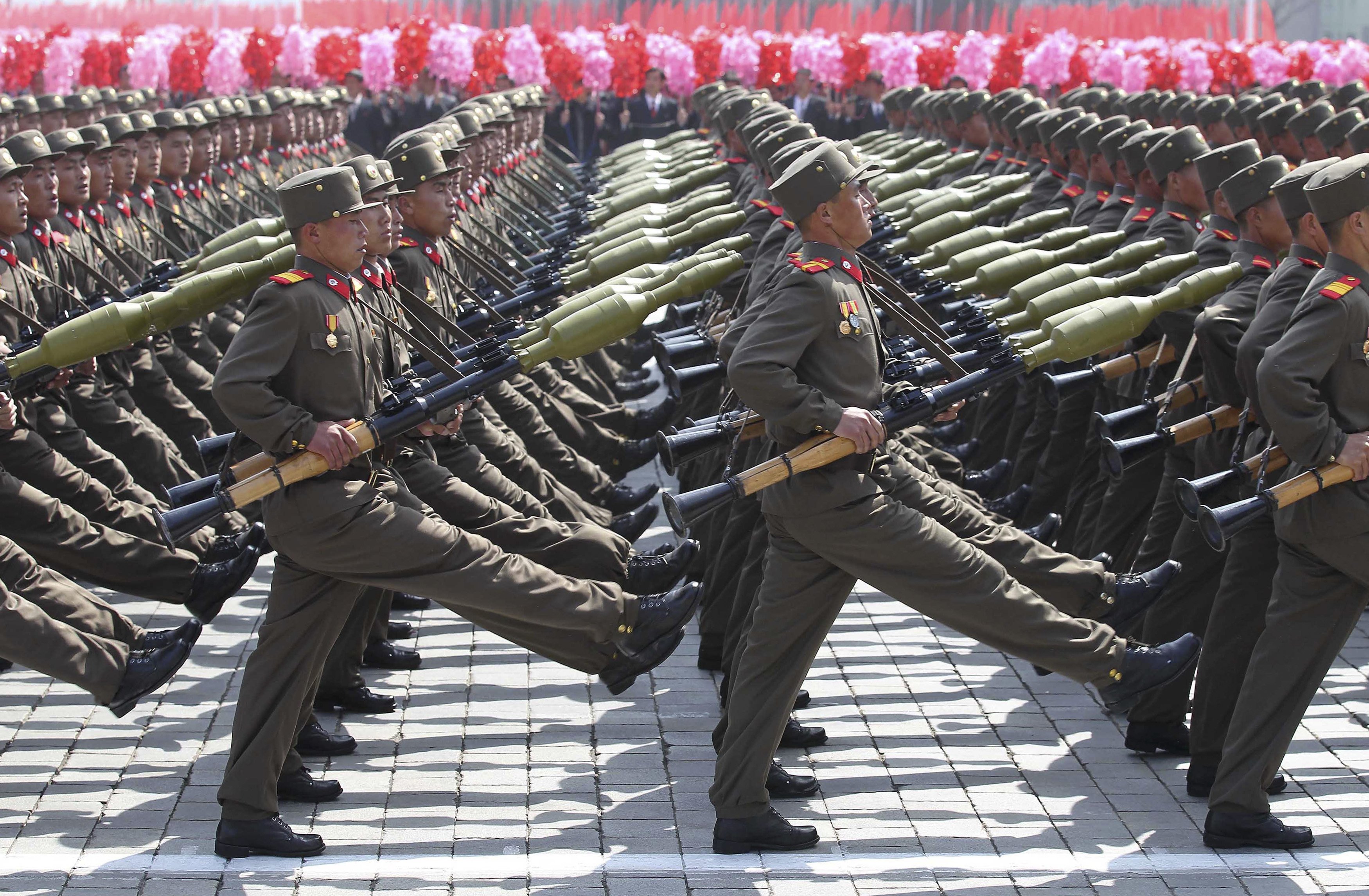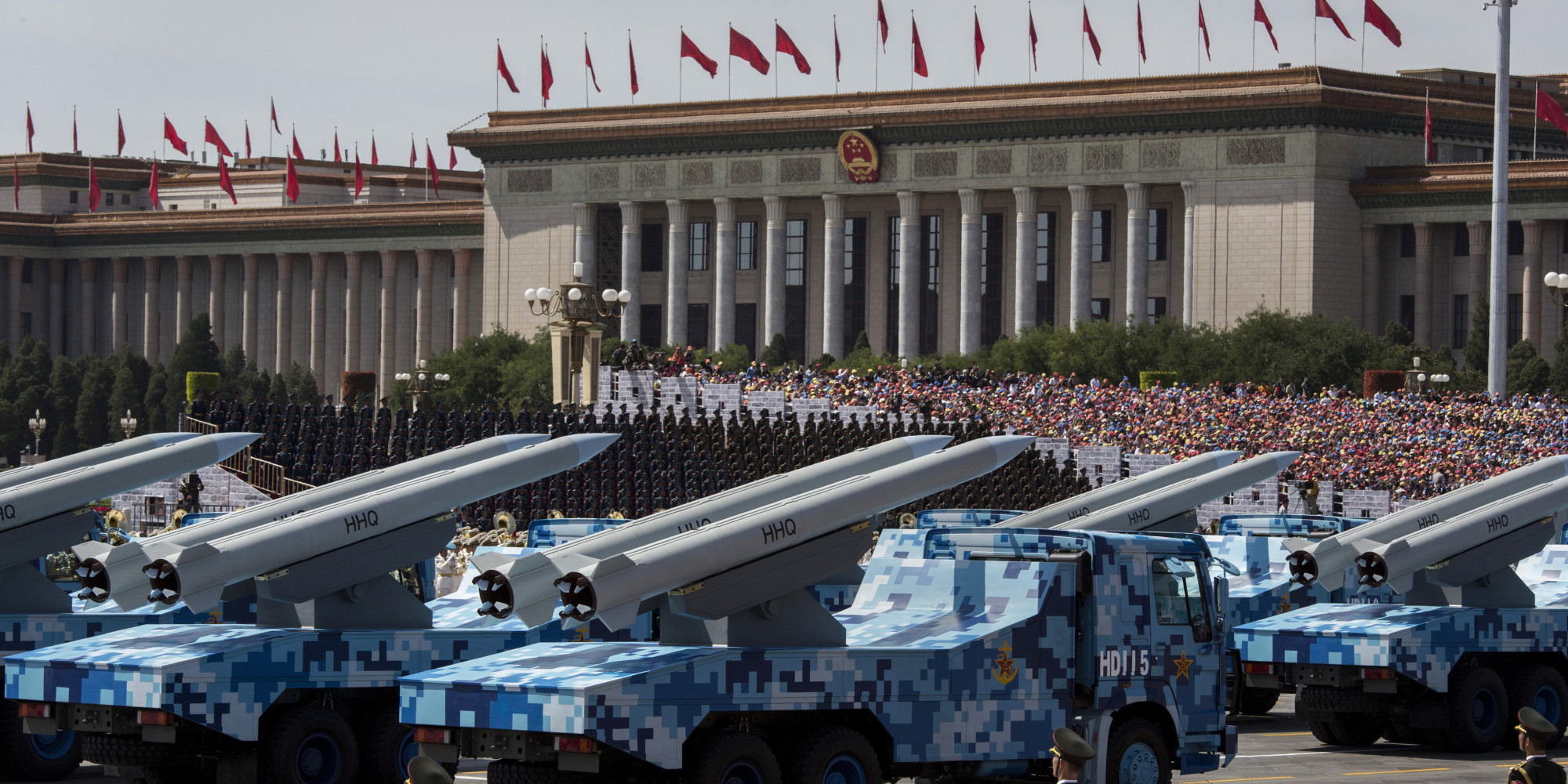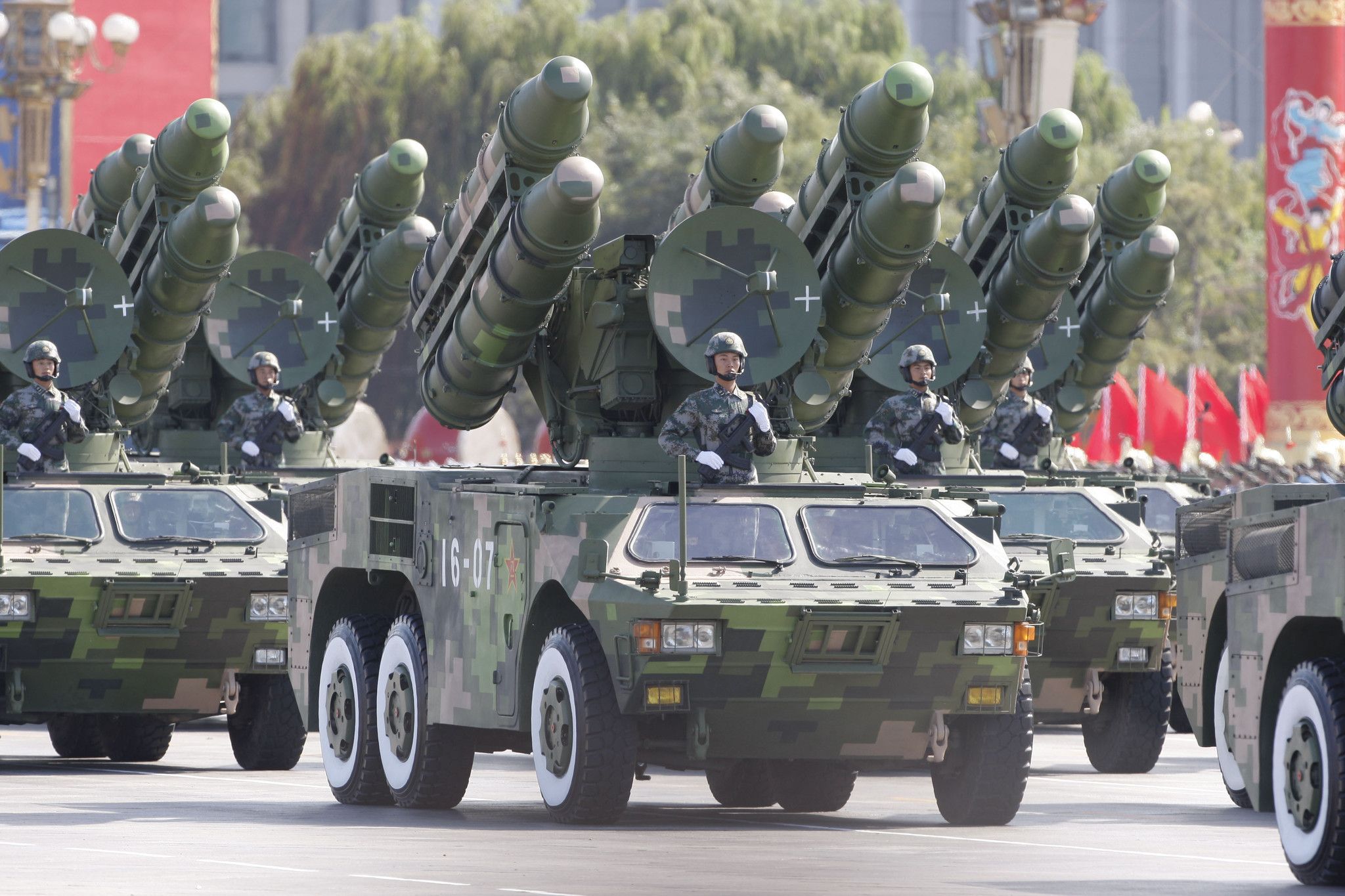3. Iran
US President Donald Trump brands himself as a dealmaker but arguably, the most significant American deal struck in the past 40 years since Camp David, was the Iran Nuclear Agreement by former President Barack Obama. Achieving with a sweep of the pen what years of “debilitating” sanctions never accomplished, the Joint Comprehensive Plan of Action (JCPOA) stilled Iran’s uranium enrichment programme and reduced its nuclear stockpile.
Yet Trump has called it the “worst deal ever negotiated” and vowed to “tear it up”. Trump’s electoral bluster against the Iran deal could be diffused by workaday reality. He remains positive toward Moscow – and President Vladimir Putin’s most significant ally in the Syrian war theatre is Iran. What is more, Iran is actively fighting the Islamic State of Iraq and the Levant (ISIL), which Trump really hates.
Significantly, the hardest-nosed, anti-deal hawks – including Newt Gingrich and Rudy Giuliani – failed to secure seats in Trump’s cabinet. Instead, newly appointed Defense Secretary General James Mattis has stated that to scupper it would sully Washington’s trustworthy image, and isolate the US, as allies in the European Union and United Nations would be unlikely to follow suit.
Yet, Trump may still see compelling reasons to rip it up. First, he, like Hillary Clinton, is much more favourable towards Israel than Obama was, and Israel is starkly anti-Iran and hates the JCPOA.
Second, the prospects for US business in Iran remain slim, while opportunities with Saudi Arabia and other conservative Arab regimes are vibrant. As Riyadh is embroiled in its own soft war with Iran, while anxious to maintain cosy relations with Washington, encouraging Trump to rip up the deal is a Kingdom goal.
Third, the deal’s future is vulnerable not only in Washington but also in Iran, where hardliners never strongly supported it, and where a political standoff between reformers and hawks is taking shape in the run-up to the presidential elections of April 2017. This uncertainty has been exacerbated by the death of pragmatist reformer Hashemi Rafsanjani, which has left President Hassan Rouhani fighting for his future, and the deal.
The consequences of scrapping the JCPOA would be dire – Iran’s nuclear re-activation, a possible regional nuclear race and an escalation of conflict in the neighbourhood.
Ali Akbar Salehi, the head of Iran’s Atomic Energy Organization, has hinted that Iran could regain most of its enrichment capability within a year and a half.
Tehran, however, would have to decide whether it, too, would rip up the deal and lose its economic windfall. If Iran’s hardliners prevail and it backs out of the JCPOA, business deals with the EU would abruptly be cut off. The oil and gas industries – the biggest beneficiaries of post-sanctions investment – would shrink, plunging Iran into a new recession, dashing the hopes of its vast youth population, prompting possible domestic unrest and likely clampdowns.
With the prospect of closer US-Iran relations no longer containing Saudi ire against Iran, the chances of growing conflict between these two Gulf powers could be expected to rise, an unprecedented situation in modern regional history, as until now, they have never allowed their simmering mistrust and Sunni-Shia competition to boil over into outright war.
Finally, a cancelled deal would mean no more inspections of Iran’s nuclear programme. This combined with an Iranian missile programme that is expanding rapidly, makes a toxic combination, one that could immediately broadening the turmoil in the Syria-Iraq theatre into a wider and highly militarised regional war.
The JCPOA is a compromise that has worked. Getting more guarantees for the US would mean forcing Iran to accept more concessions, which its hardliners won’t do. Though Trump may be a great deal maker, Obama’s Iran deal is about as good as it gets.
2. North Korea
On January 1, delivering his usual New Year Speech, Kim Jong-un, the North Korean strongman, mentioned that his country has entered the “last stages” in preparation for a successful test launch of an intercontinental ballistic nuclear missile (ICBM), capable of hitting targets anywhere in the world and nuke-pulverize it.
The next day, the newly elected US President Donald Trump tweeted that the missile launch “won’t happen”.
Observers are still guessing what exactly the US president meant. If the remark expressed his scepticism about North Korea’s ability to develop such a weapon, such scepticism is almost certainly misplaced – North Korea’s engineers have shown their ability to present the world with unpleasant surprises.
If Trump’s remark expressed his believe that correct application of diplomacy will persuade North Korea’s government to abandon nuclear weapons, such a belief is completely unfounded – all earlier negotiations have ended in failure.
However, it is probable that Trump’s tweet hinted at the possibility of a US military strike against North Korean nuclear and missile facilities.
Indeed, it seems that North Korea is determined to develop and deploy a force of nuclear-armed ICBMs and (submarine-based) SLBM, thus becoming the world’s third country, after Russia and China, capable of evaporating the USA with just one push of a button.
However, before North Korea can reach this stage, it will have to do a number of highly visible tests – and this is when it will be indeed vulnerable to a US strike.
Such a strike might destroy production lines, research centres, military bases and, whenever possible, nuclear storage facilities. Not all locations are known, and some targets are well protected, but a strike might indeed halt North Korean nuclear programme for years.
However, there are good reasons why such an option has never been considered before. Even if the strike were successful, it would lead to highly dangerous political consequences.
To start with, North Koreans would retaliate after such an attack. They cannot retaliate against the US proper, but they can shell US targets in the South Korean capital city. Seoul is located on the border and is within shooting range of a few hundred North Korean heavy guns.
Such a shelling, leading to a large number of civilian casualties, could trigger a full-scale war on the Korean Peninsula, since the South Korean military is likely to strike back with all its considerable might.
Such a war might even go nuclear since North Korea already has some nuclear devices and the means to deliver them to any point in North East Asia. The war is likely to involve China, and perhaps even Russia and Japan.
Even if such shelling does not lead to a full-blown war, it will deliver a heavy – perhaps, mortal – blow to the US-ROK alliance. To the South Koreans it would look like proof that the US was willing to put them under grave danger to remove a rather theoretical threat to itself.
In the past, the understanding of these consequences has precluded any serious planning of a pre-emptive strike, but now times are changing. Trump has explicitly expressed his doubts about the usefulness of the US-ROK alliance, and he has said that he would put US interests and security above everything else.
Thus, it is possible that we are heading to very turbulent times in Korea. The most recent exchange between US and North Korean leaders did not look encouraging.
1. China
The new US administration has left many around the world anxious about the direction of its foreign policy. Nowhere has there been more caution than in Beijing – where this concern over Donald Trump’s rhetoric and posturing both during the election campaign and the post-election period has led to a policy scramble.
Trump has effectively “upset the apple cart” for China which had spent considerable effort over the past eight years working with the Obama administration looking for common respect for “mutual strategic interests” and looking for areas of convergence.
While there were tensions – especially towards the end of the second Obama administration – over regional security issues in the East and South China Sea, there were also wise attempts to hedge between both engagement and pressure, when the circumstances merited.
Of course, this formula was not perfect and it is not clear that Beijing felt significant “pressure” on a number of key areas of contention – perhaps most notably in the South China Sea, where China conducted a massive campaign of land-reclamation and subsequent militarisation of illegal maritime features in the disputed waters.
How are things shaping up for US-China relations under Trump?
Trump looks to dramatically alter the game with Beijing and has lobbed the first set of barbs over the past few months on a range of trade and security matters.
During the election campaign, Trump repeatedly and explicitly called out China for “ripping-off” the United States through its unfair economic policies and trade practices. Subsequently, Trump has upped the stakes through promises to levy high tariffs on Chinese goods coming into the United States and labelling Beijing a currency manipulator. Trump also appointed Peter Navarro, well known for his hawkish economic stance on China, as his trade tsar, setting the stage for a potential war with Beijing over trade.
Meanwhile, Trump has startled Beijing through his very bold statements on political-security matters. Trump held a phone call with Taiwan’s President Tsai Ing-wen following his stunning election victory last year.
This direct exchange with Tsai broke nearly four decades of US deference to the “one-China” policy. Adherence to this custom over the years has been bipartisan and was not breached even during the low points in Washington’s ties with Beijing.
Trump has subsequently rankled Beijing further by questioning the sacred “one-China” policy and its absolute nature.
China is also concerned that Trump will up the stakes in the contentious South China Sea, where Trump has blasted Beijing for “building a massive military complex”. Trump has promised to significantly increase the size of the US navy and has floated the idea of permanently deploying a second aircraft-carrier group in the Asia-Pacific.
Earlier this month Trump’s picks for Secretary of State and Defense – Rex Tillerson and James Mattis – both called out China, during their confirmation hearings, for its illegal activities in the South China Sea. Tillerson even suggested that China should be denied access to its reclaimed islands – setting a potentially explosive course for the US and China in the coming months if Trump adopts such a course.
The US has five treaty allies in the Asia-Pacific, with which it is bound to their defence – Japan, South Korea, Australia, the Philippines and Thailand. Only one of those – Manila – is a claimant in the South China Sea dispute, and that alliance is on shaky ground as a result of the “populist” leader Rodrigo Duterte and his intentional distancing from Washington. That said, many US allies – especially Japan and South Korea – touch on critical areas of potential conflict between Beijing and the US, such as tensions in the East China Sea and over North Korea.
Trade issues, however, remain paramount for the incoming Trump administration and that is likely to be the central theatre for conflict in the first year with Beijing. There will also be contention and uncertainty on regional security matters, including cross-strait relations with Taiwan and maritime security issues in the East and South China Seas.
Expect a bumpy road ahead.
Source: Al-Jazeera






